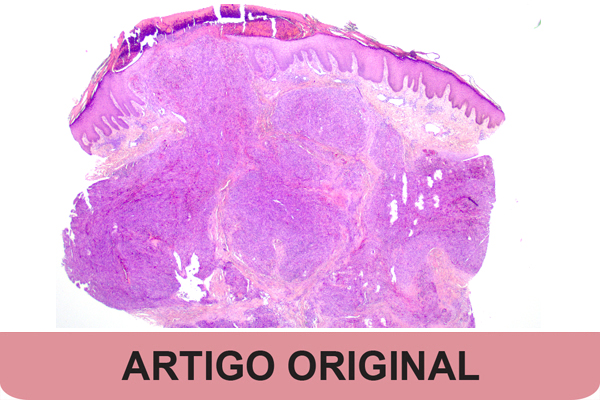SOCIAL MEDIA
Portuguese Medical Association's Scientific Journal

Introduction: Kaposi’s sarcoma (KS) is a rare angioproliferative neoplasm associated with human herpesvirus 8 infection, presenting as four subtypes: classic, endemic, iatrogenic, and epidemic. While well documented globally, comprehensive data on KS in Portugal remain scarce. The aim of this retrospective study was to provide a detailed analysis of KS cases diagnosed at Hospital Santa Maria, in Lisbon, between 2014 and 2023.
Methods: A total of 113 histopathologically confirmed KS cases were included, focusing on demographic, clinical, and histopathological characteristics, as well as treatment strategies and outcomes.
Results: The mean age at diagnosis was 59.4 years, with a male-to-female ratio of 4.4:1. Most patients (50.4%) were of African origin. Epidemic KS (45.1%) was the most prevalent subtype. Lesions mainly affected the lower limbs (47.8%), and disseminated, mucosal, and extracutaneous involvement were more common in HIV-positive patients. Tumor-stage lesions were frequent (59.3%). Single-modality treatment was used in 53.1% of cases, while 40.7% required combined therapies. Relapse rates were highest in endemic (39.1%) and iatrogenic KS (28.6%) subtypes. The disease-specific mortality rate was 8%.
Conclusion: Our findings suggest that KS remains a significant concern, particularly in immunosuppressed patients. Early diagnosis and multidisciplinary management are essential to improve outcomes. However, limitations such as potential biases from its retrospective design and the single-center scope should be considered.